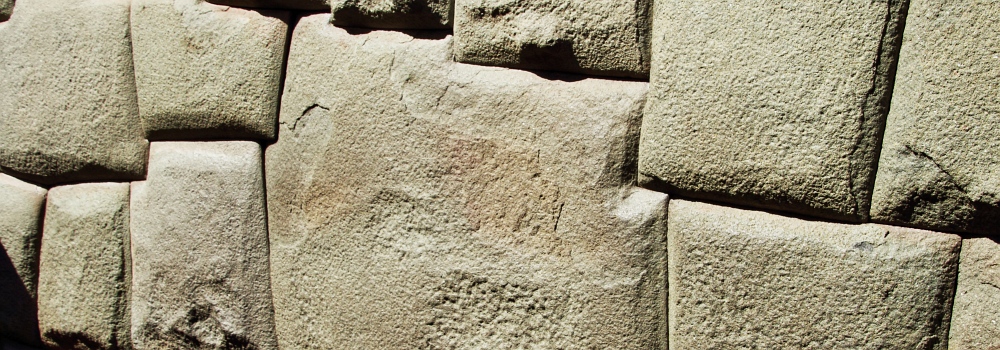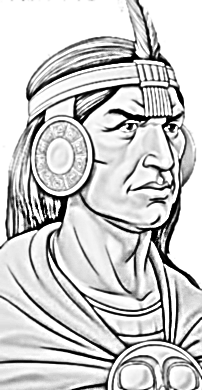

In the 15th Century, the Inca reigned a kingdom which was by no means inferior to the Roman Empire. It extended over 4000 km along the west coast of South America, and supported a population of more than 12 million people. The Inca (this term means ruler or lord) did not have an alphabet, so that we know relatively little about their early history. The Inca Empire gained its enormous extent through spectacular conquering expeditions, and due to the fact that tribes which were enemies with each other did not jointly defend themseves against the Inca. The subdued tribes were forced to take over the lifestyle of their new rulers, and were instructed by teachers in the construction of stores, irrigation channels, and housing, as well as in improved agricultural techniques.
A huge empire had to be reigned. For this purpose, the Inca used a perfectly designed and maintained road system. It extended all the way from today's Ecuador to Chile and connected Inca settlements over mountains and plateaus, and through valleys. When the wind blows along those old roads like a panpipe, one could almost think that, with a bit of fantasy, one could see an old Inca passing by, with sandals, a loincloth made of cotton, and with colourful threads of wool in his hair.
Let us walk along those old Inca roads together with Pachacutec, a ficticious Inca warrior, and build a bridge from the pre-Columbian period (the time before the so-called discovery of America by Christopher Columbus in 1492) to modern times. With Pachacutec on our side, we learn a lot about this ancient South American civilization. Pachacutec travels from the citadel of Machu Picchu through Cusco, the capital of the Inca, and Arequipa to today's Chile. He shows us a viewpoint near to the fortress Pucará de Quitor. Then we accompany him to Santiago de Chile, Portillo, and finally to Mendoza on today's territory of Argentina.

Métraux, A. (2001): Reich der Inka. Stuttgart
Wood, T. (1996): Die Inkas. Erlangen
Wikipedia article on the Inca Empire [Access source]
This contribution was slightly revised and extended, and translated from German, by Martin Mergili.








